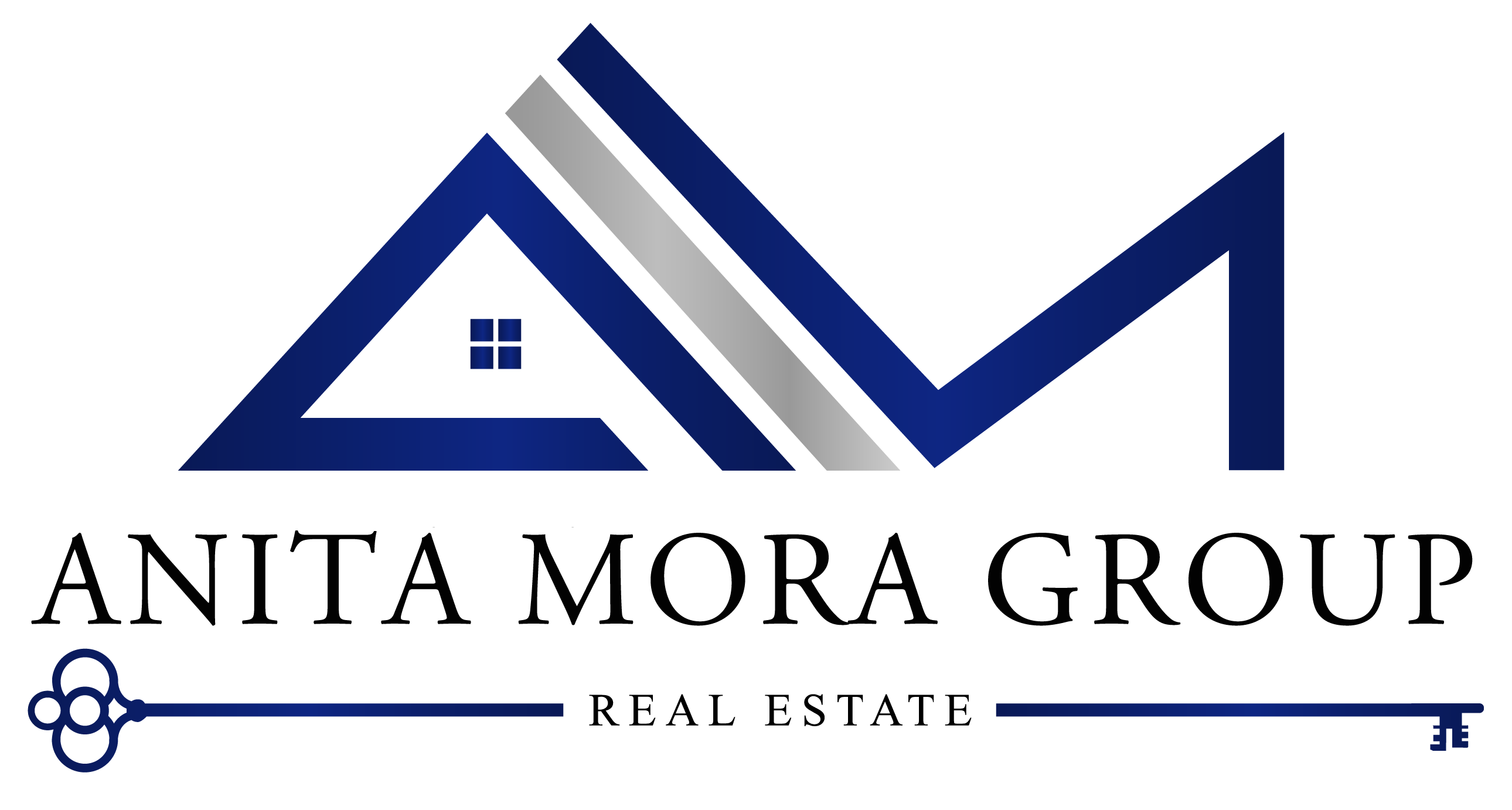The Cost of Living in Albuquerque: What New Residents Should Expect in 2025

Thinking about moving to Albuquerque? One of the biggest questions new residents have is: What does it actually cost to live here? The good news is that Albuquerque consistently ranks as one of the most affordable metro areas in the Southwest. But with the housing market, inflation, and lifestyle choices, costs can vary depending on your situation.
Here’s a breakdown of the cost of living in Albuquerque in 2025, including housing, utilities, transportation, groceries, and lifestyle expenses.
Housing Costs in Albuquerque
Housing is typically the largest expense for most residents—and Albuquerque remains far more affordable than cities like Denver, Phoenix, or Austin.
-
Median home price (2025): Around $330,000–$340,000
-
Average rent: $1,100–$1,500/month depending on location and size
-
Most affordable areas: Westside, International District, South Valley
-
More upscale areas: North Albuquerque Acres, Tanoan, and Nob Hill
Many new residents are drawn to Albuquerque because their housing dollars stretch much further here compared to coastal cities.
Utilities and Energy Costs
New Mexico benefits from plenty of sunshine, which helps keep energy costs lower, but seasonal fluctuations are real.
-
Average electricity bill: $120–$160/month
-
Water and trash: $50–$80/month
-
Internet: $60–$90/month
Homes with solar panels (a growing trend in Albuquerque) often see significant savings in the long run.
Transportation Costs
Albuquerque is a car-dependent city, but the good news is gas prices are usually lower than the national average.
-
Gas prices (2025): $3.20–$3.60 per gallon
-
Car insurance: $1,300–$1,700 annually, depending on coverage
-
Public transportation: ABQ Ride bus passes are $30/month for unlimited rides
If you work remotely or live close to your job, you’ll save significantly on commuting.
Grocery & Dining Costs
Groceries in Albuquerque are slightly below the national average, though some items (like fresh seafood) can be pricier since they’re imported.
-
Monthly grocery cost for one person: $250–$350
-
Dining out: $12–$20 for casual meals, $50+ for upscale dining
Local farmer’s markets and New Mexico chile season are budget-friendly (and delicious) perks of living here.
Lifestyle & Entertainment Costs
One of the best parts of living in Albuquerque? Affordable entertainment and plenty of outdoor recreation.
-
Gym memberships: $30–$70/month
-
Movie tickets: $12–$15
-
Outdoor activities: Many trails, hikes, and parks are free or low-cost
-
Events: The famous Albuquerque International Balloon Fiesta costs around $15–$30 per session
Whether you’re into hiking the Sandia Mountains, enjoying craft breweries, or attending cultural festivals, there’s always something to do without breaking the bank.
Overall Cost of Living in Albuquerque (2025)
Compared to the national average, Albuquerque’s cost of living is about 10–15% lower. Housing remains the biggest factor that makes it more affordable than many U.S. cities.
Who benefits most from moving here?
-
Remote workers seeking lower housing costs
-
Families wanting more space for their budget
-
Retirees looking for affordable living with great weather
Final Thoughts
The cost of living in Albuquerque in 2025 is still one of the city’s strongest selling points. With affordable housing, reasonable utility and grocery costs, and endless free outdoor activities, it’s no wonder more people are making the move.
If you’re considering relocating, I’d love to help you find the right neighborhood that fits your lifestyle and budget. Albuquerque isn’t just affordable—it’s a place that truly feels like home.
Categories
Recent Posts
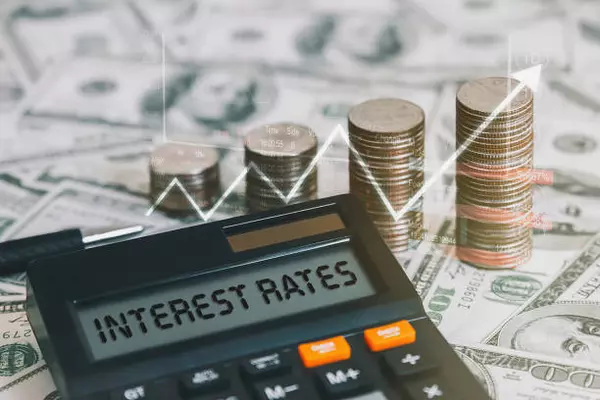


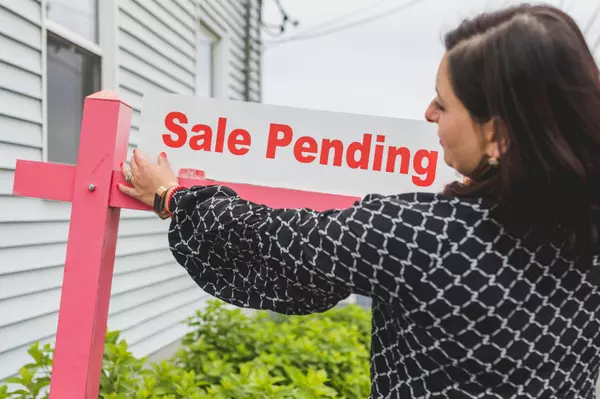

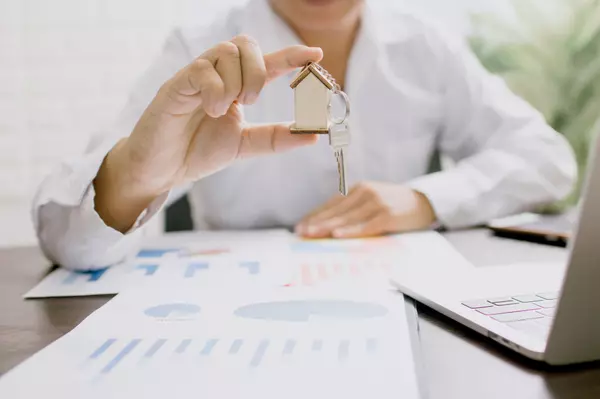



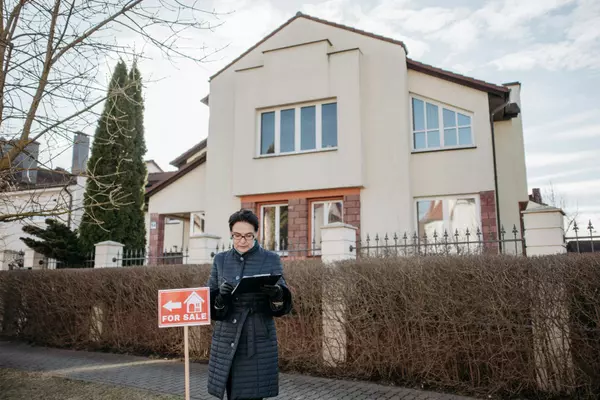
GET MORE INFORMATION

